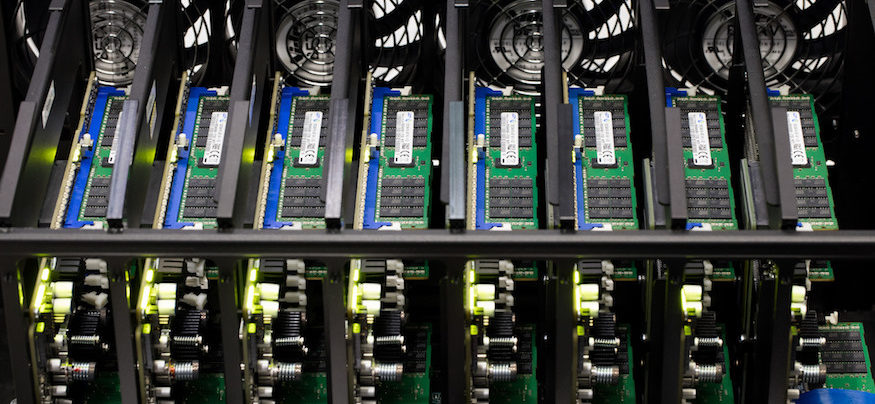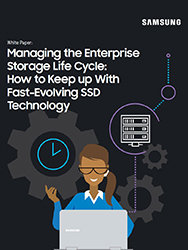Most online transaction processing (OLTP) systems use flash storage for a very simple reason: A small difference in response time for real-time systems can make a substantial difference in sales. According to a recent study by Dynatrace, half a second of wait time can decrease sales by 10 percent. Using SSDs for OLTP improves the latency, by as much as a factor of 10, compared with HDD-based systems.
For real-time, OLTP and OLAP systems, one of the biggest bottlenecks is the storage’s ability to respond to a large number of small, random requests for data to be read or written. When these requests are happening in real time, the system must be able to keep up with data streams from multiple sources.
Flash storage is a big boon to OLTP systems architects, since one or two drives can provide sufficient input/output operations per second (IOps) without requiring massive hardware purchases. For these systems, a very high throughput or extremely large capacities are not as critical as either response time or IOps.
Creating Optimized Performance
Using SSDs for OLTP is critical enough that in addition to enterprise all-flash storage systems, storage architects often specify SSDs within individual servers to reduce latency to the absolute minimum — even the delay caused by sending requests from the server to a storage system over Ethernet or fibre channel networks can add up with thousands or millions of requests.
When relying SSDs for OLTP or other real-time systems, the SSDs in each individual server are often used as caches to accelerate data movement between the server and centralized storage. Data is first read or written to the local SSD, then to the data storage system. Data transactions to the local SSD can be finished very quickly, before it is automatically transmitted to the external storage system.
Manage the Enterprise Storage Life Cycle
Download this guide to improve your storage planning and evaluation processes. Download Now
Implementing this structure upkeeps the benefits of a central data repository for sharing data among all the systems in the data centers, with backups, replication and other administrative tools available, while ensuring the fast response times for each server.
Real-World Applications Advance OLTP
A recent report by Calypso Systems shows the performance of the Samsung PM863a, and how its capabilities can be useful in low-latency applications such as OLTP. In the Fixed Composite 6 IO stream workload specification, here’s how the hardware ranked:
-
Samsung SSD: 17,567 IOps
-
Seagate SSD: 15,603 IOps
-
Micron SSD: 12,491 IOps
-
Seagate SAS HDD: 672 IOps
This shows not only the higher performance of the Samsung SSD over competing models, but the huge difference between SSDs and HDDs. The report found that the Samsung SSD was able to sustain 419 MB/s compared to Seagate’s 338 MB/s, Micron’s 292 MB/s and the Seagate HDD’s 16 MB/s.
For the absolute lowest latency, as well as the endurance to support typical 24/7 loads on OLTP systems, enterprise-class PCIe or NVMe SSDs such as the Samsung PM1725 or PM963 may be the most suitable for installation in servers. These SSDs not only have the speed to support real-time systems but will use less power and generate less heat than older SSDs or HDDs — reducing overall operations costs while keeping transactions running smoothly.
Find the best storage solutions for your business by checking out our award-winning selection of SSDs for the enterprise.








